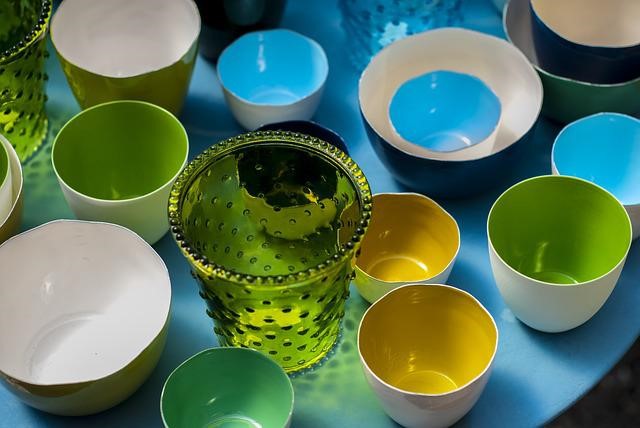Or search by topic
Number and algebra
Geometry and measure
Probability and statistics
Working mathematically
Advanced mathematics
For younger learners
Compare the Cups



- Problem
- Getting Started
- Student Solutions
- Teachers' Resources
Compare the Cups
For this challenge, you will need lots of different cups. This picture shows some:

Which might you choose if you wanted a lot to drink? Why?
Which one would you choose if you did not want a lot to drink? Why?
Can you arrange the cups in a line from the one that holds the most liquid to the one that holds the least liquid?
How will you test whether you are right?
Why do this problem?
This practical activity offers a context in which children can develop their conceptual understanding of capacity.
Possible approach
For this activity, have a collection of cups/glasses/mugs available for the children to explore themselves. You may want to offer a context for the activity to link in with a current theme or story.
Pose some questions orally to the group, as in the problem, and encourage them to think about the answers by estimating and by eye at first. You could discuss their thinking and then give them the opportunity to test out their ideas, perhaps with water or sand.
In the plenary, you could pose a final challenge, such as how many of the smallest cup will be needed to fill the largest cup? Again, encourage estimation first before trying it out practically.
Key questions
Tell me about your thinking.
How will you test out your ideas?
Possible extension
You could introduce a much, much smaller container, for example a spoon, and observe what the children do with it.
Possible support
Some learners might need help with awkward pouring.
You may also like
Let's Investigate Triangles
Vincent and Tara are making triangles with the class construction set. They have a pile of strips of different lengths. How many different triangles can they make?

